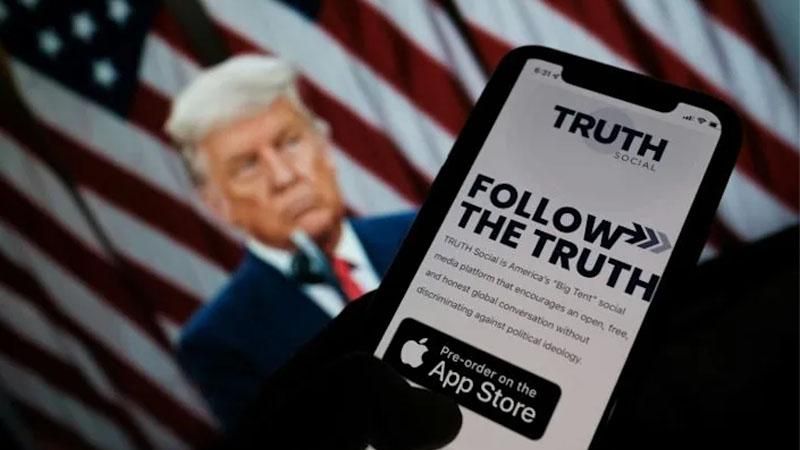Dan Kurland: Manchin wins, West Virginia loses (Opinion)
By Dan Kurland
22 hrs ago
THE MOUNTAIN STATE’S TRUSTED NEWS SOURCE.
The Charleston Gazette-Mail.
It seems Sen. Joe Manchin, D-W.Va., will get his way on the Build Back Better Act.
He’s won. It appears that Manchin has killed the inclusion of the Clean Electricity Performance Program that would have paid utilities to switch from greenhouse gas-emitting electricity sources, and that Manchin has killed a proposed carbon fee and dividend program that would have increased market pressure on all industries to move from the carbon-based fuels responsible for the climate crisis.
As they say on Let’s Make a Deal — or was it The Price Is Right? — let’s see what Manchin has won.
For openers, he’s successfully torpedoed the president’s upcoming trip to the U.N. Climate Change Conference in Glasgow. At a time when our country so desperately needs to reassert a leading role in world affairs, Manchin has neutered our ability to set an example for others to follow. Manchin has abandoned the moral high ground.
And he has given every other country an excuse to do as little as he is forcing us to do. This is, remember, a global crisis.
Manchin has given credence to the claims that he is more motivated by obeisance to the coal and gas industries than to the health of his constituents; that Manchin, personally, and his campaign’s fundraising, benefit more financially by perpetuating climate change than by attempts to avert it.
He has proven that any individual senator can subvert the collective action of the Senate on the basis of their own interests, rather than the interests of the country as a whole. Maybe Floridians should demand an end to federal taxes for tunnels — the state only has two. Well, three, if you count the one under Walt Disney World.
Coal is dying. It might not be dead yet, and it might yet even scratch out a more limited role in future economies. But the writing is on the wall: Climate change is upon us, and has been for a long time.
The way things are going isn’t exactly going so well for us anymore. Bold action is needed, and soon.
Surely, hope for new training opportunities and new jobs and new investment opportunities might be a bit rosy at this time, but is it really better to do nothing to address a long-term solution?
Manchin has chosen his place in history. Is this really how he wants to be remembered?
Dan Kurland, of Charleston, is an occasional contributor to the Gazette-Mail.
By Dan Kurland
22 hrs ago
THE MOUNTAIN STATE’S TRUSTED NEWS SOURCE.
The Charleston Gazette-Mail.
It seems Sen. Joe Manchin, D-W.Va., will get his way on the Build Back Better Act.
He’s won. It appears that Manchin has killed the inclusion of the Clean Electricity Performance Program that would have paid utilities to switch from greenhouse gas-emitting electricity sources, and that Manchin has killed a proposed carbon fee and dividend program that would have increased market pressure on all industries to move from the carbon-based fuels responsible for the climate crisis.
As they say on Let’s Make a Deal — or was it The Price Is Right? — let’s see what Manchin has won.
For openers, he’s successfully torpedoed the president’s upcoming trip to the U.N. Climate Change Conference in Glasgow. At a time when our country so desperately needs to reassert a leading role in world affairs, Manchin has neutered our ability to set an example for others to follow. Manchin has abandoned the moral high ground.
And he has given every other country an excuse to do as little as he is forcing us to do. This is, remember, a global crisis.
Manchin has given credence to the claims that he is more motivated by obeisance to the coal and gas industries than to the health of his constituents; that Manchin, personally, and his campaign’s fundraising, benefit more financially by perpetuating climate change than by attempts to avert it.
He has proven that any individual senator can subvert the collective action of the Senate on the basis of their own interests, rather than the interests of the country as a whole. Maybe Floridians should demand an end to federal taxes for tunnels — the state only has two. Well, three, if you count the one under Walt Disney World.
Coal is dying. It might not be dead yet, and it might yet even scratch out a more limited role in future economies. But the writing is on the wall: Climate change is upon us, and has been for a long time.
The way things are going isn’t exactly going so well for us anymore. Bold action is needed, and soon.
Surely, hope for new training opportunities and new jobs and new investment opportunities might be a bit rosy at this time, but is it really better to do nothing to address a long-term solution?
Manchin has chosen his place in history. Is this really how he wants to be remembered?
Dan Kurland, of Charleston, is an occasional contributor to the Gazette-Mail.





























